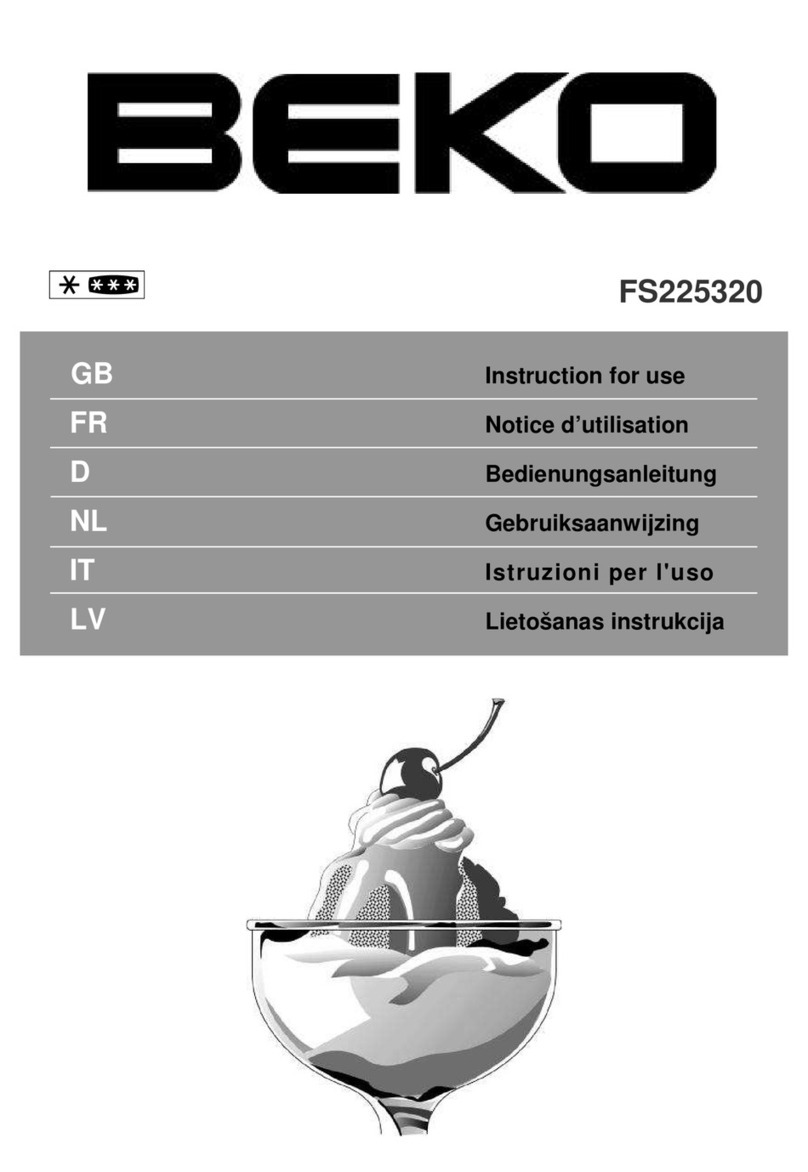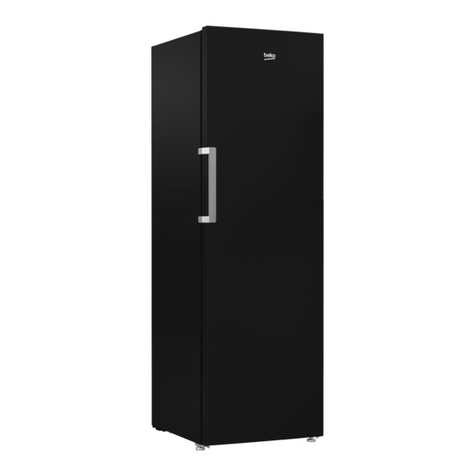Beko GF200E40WCHN User manual
Other Beko Freezer manuals
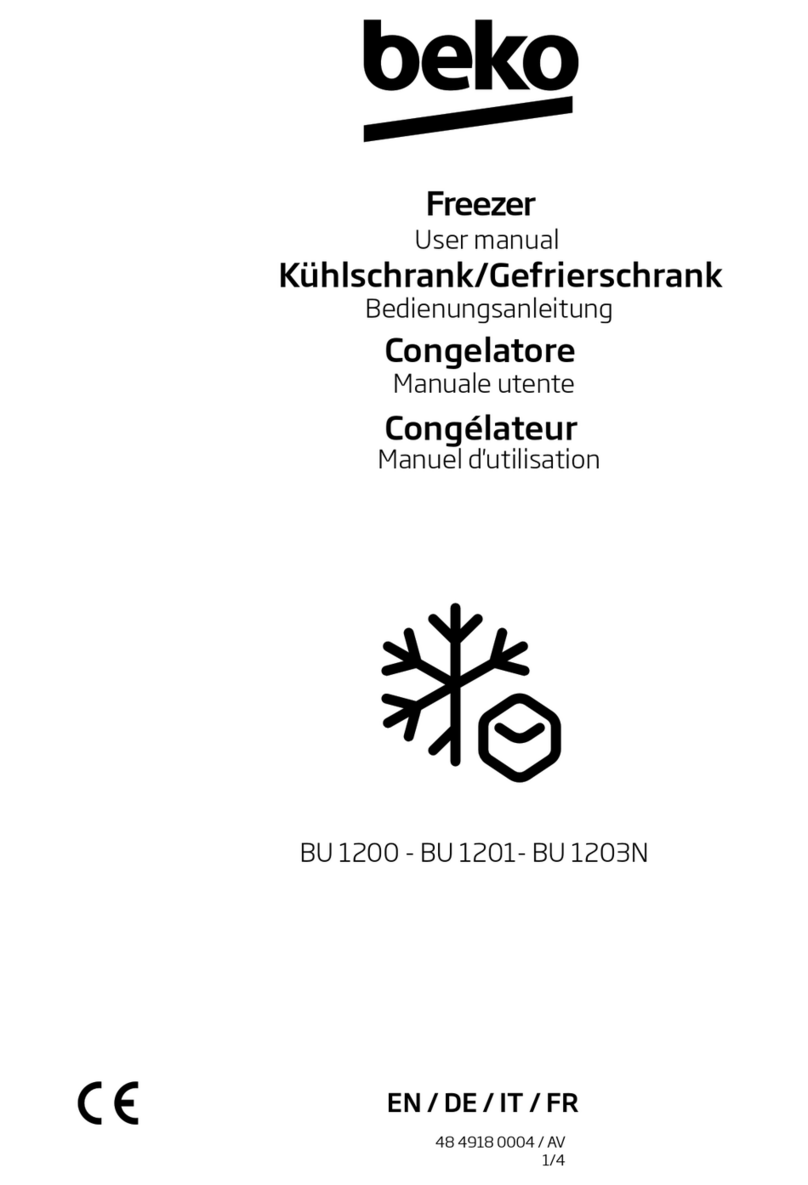
Beko
Beko BU 1200 User manual

Beko
Beko HSA 29530 User manual
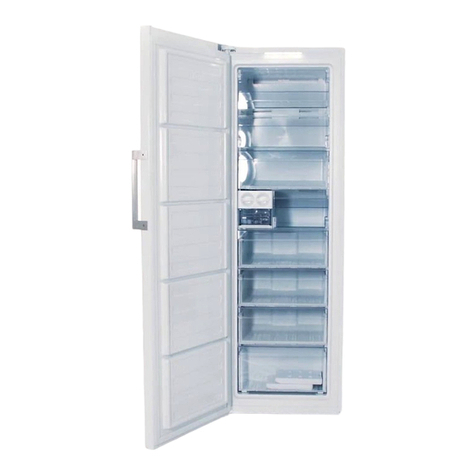
Beko
Beko RFNE 312E37 W User manual

Beko
Beko RFSA240M33W Instruction Manual

Beko
Beko FFP3671 User manual
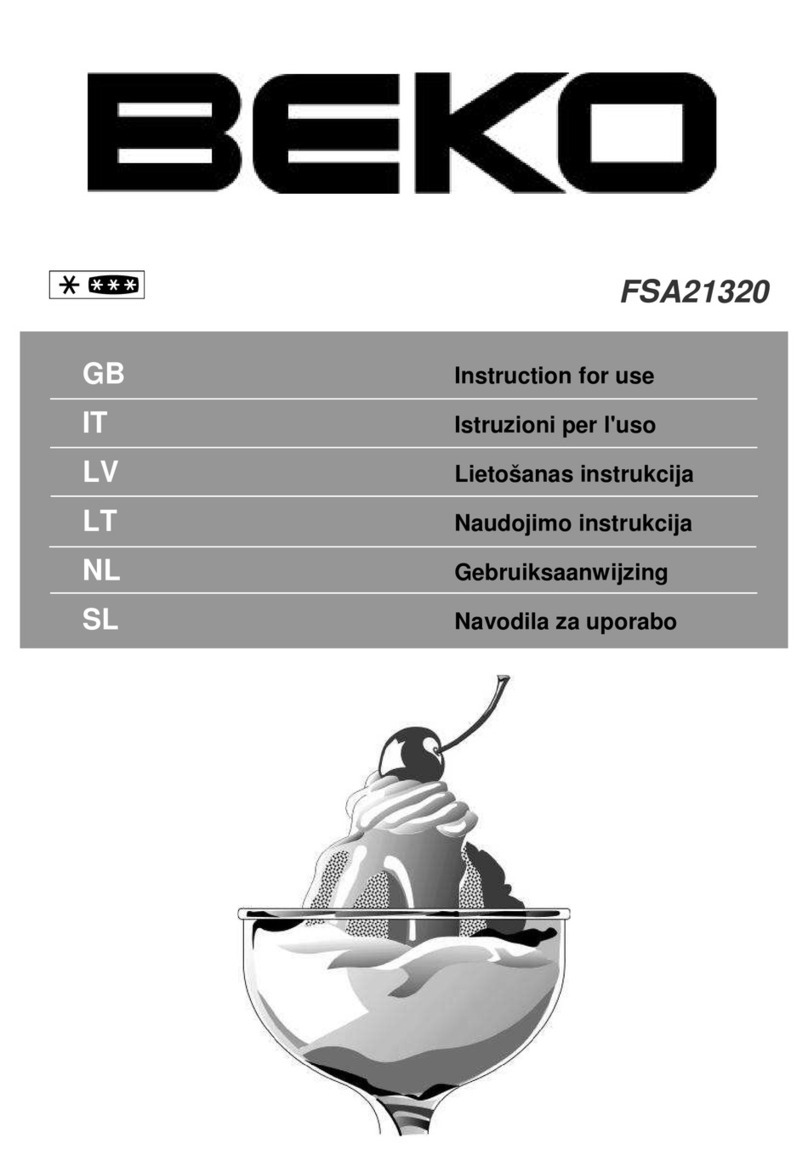
Beko
Beko FSA21320 User manual

Beko
Beko HS225523S Instruction Manual

Beko
Beko EFC51824 W User manual
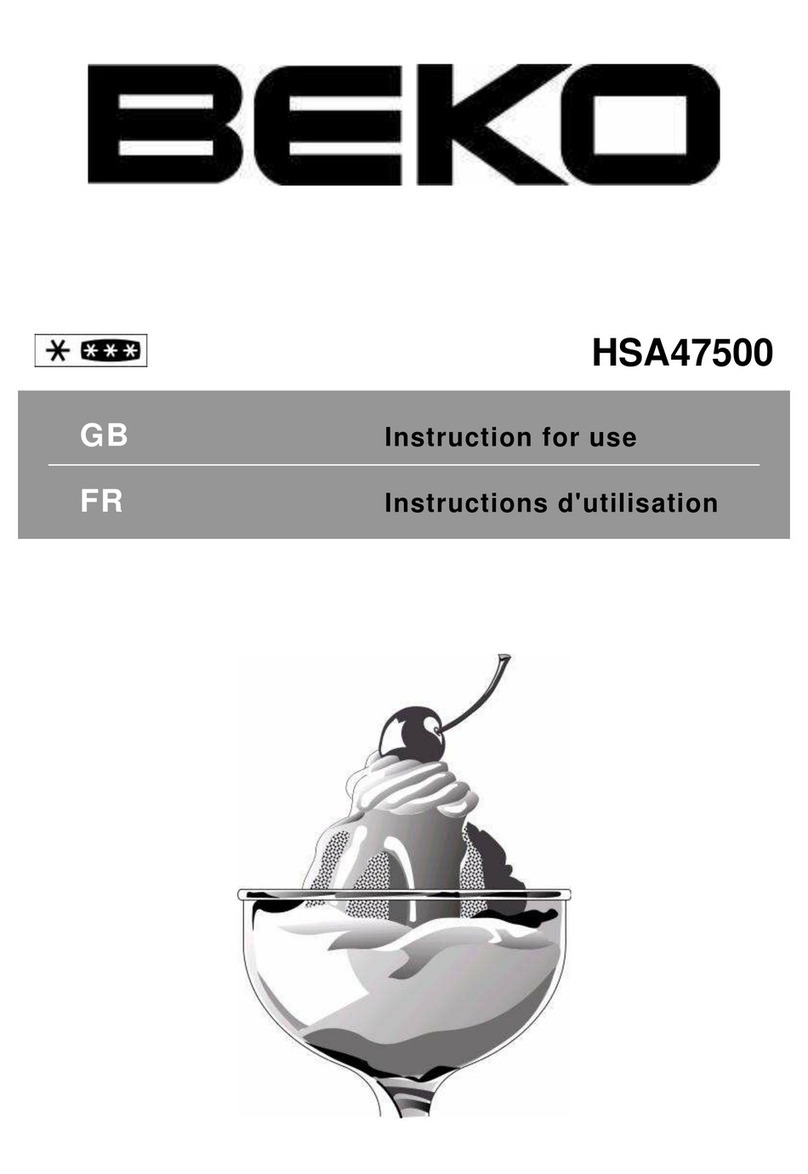
Beko
Beko HSA47500 User manual
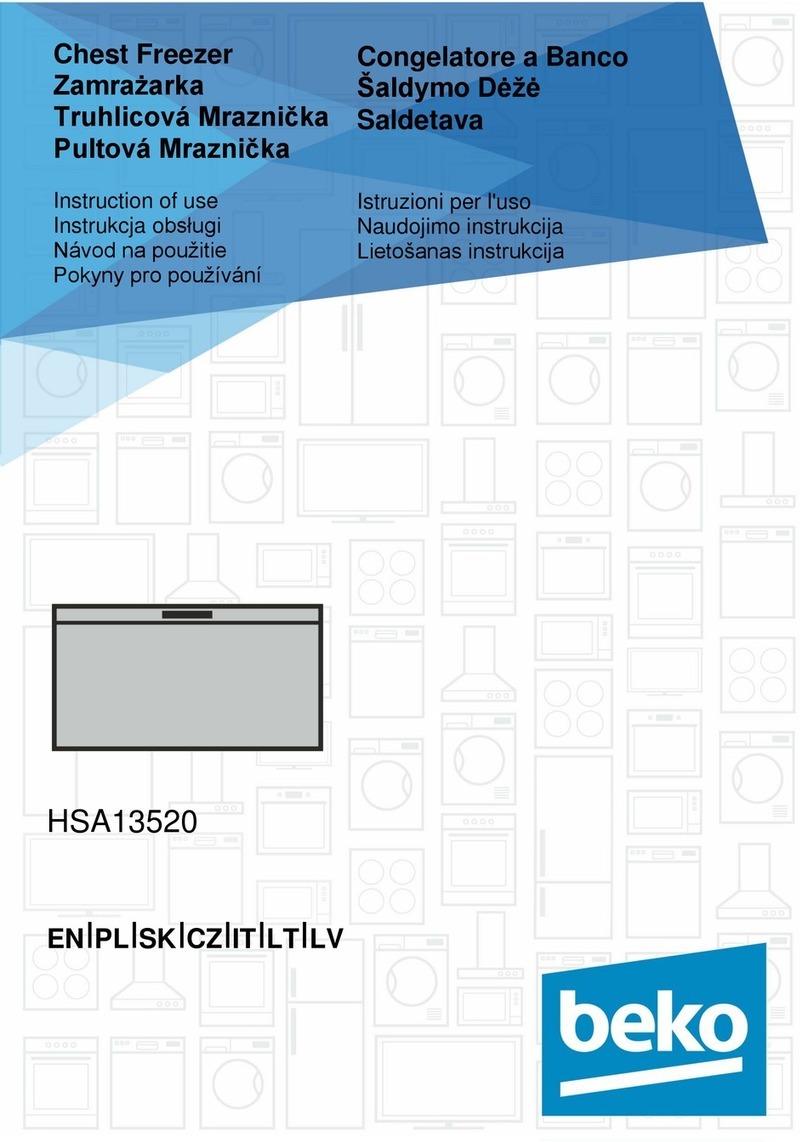
Beko
Beko HSA13520 Instruction Manual
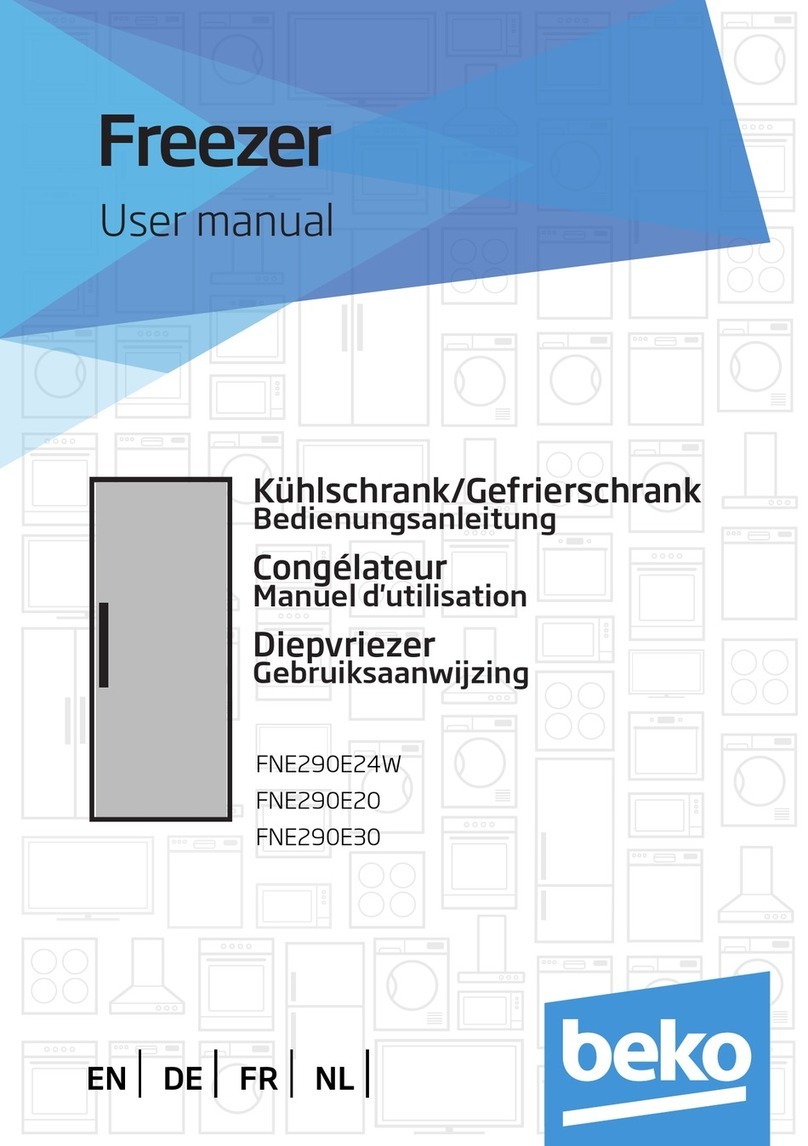
Beko
Beko FNE290E24W User manual

Beko
Beko FNE290E34WN User manual

Beko
Beko CXF525 W User manual

Beko
Beko FNE 1074 User manual

Beko
Beko FREEZ53FW Owner's manual
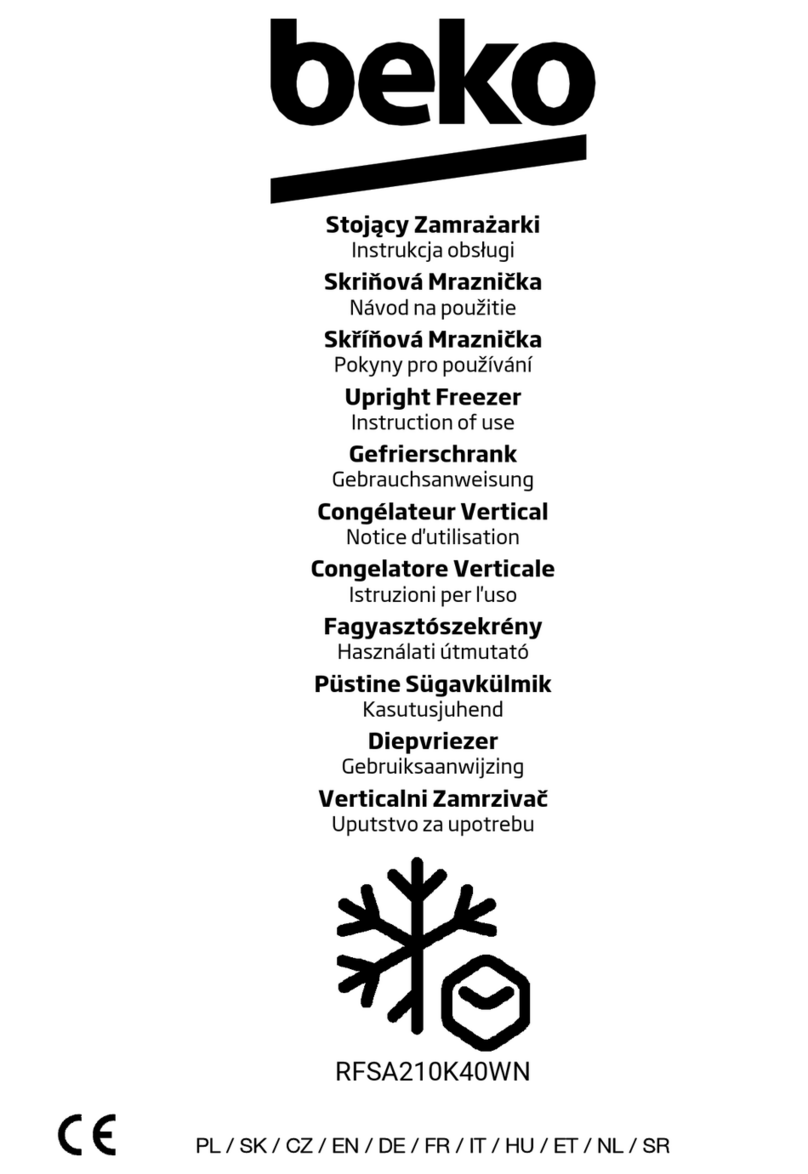
Beko
Beko RFSA210K40WN User manual

Beko
Beko RFNE290T34XP User manual
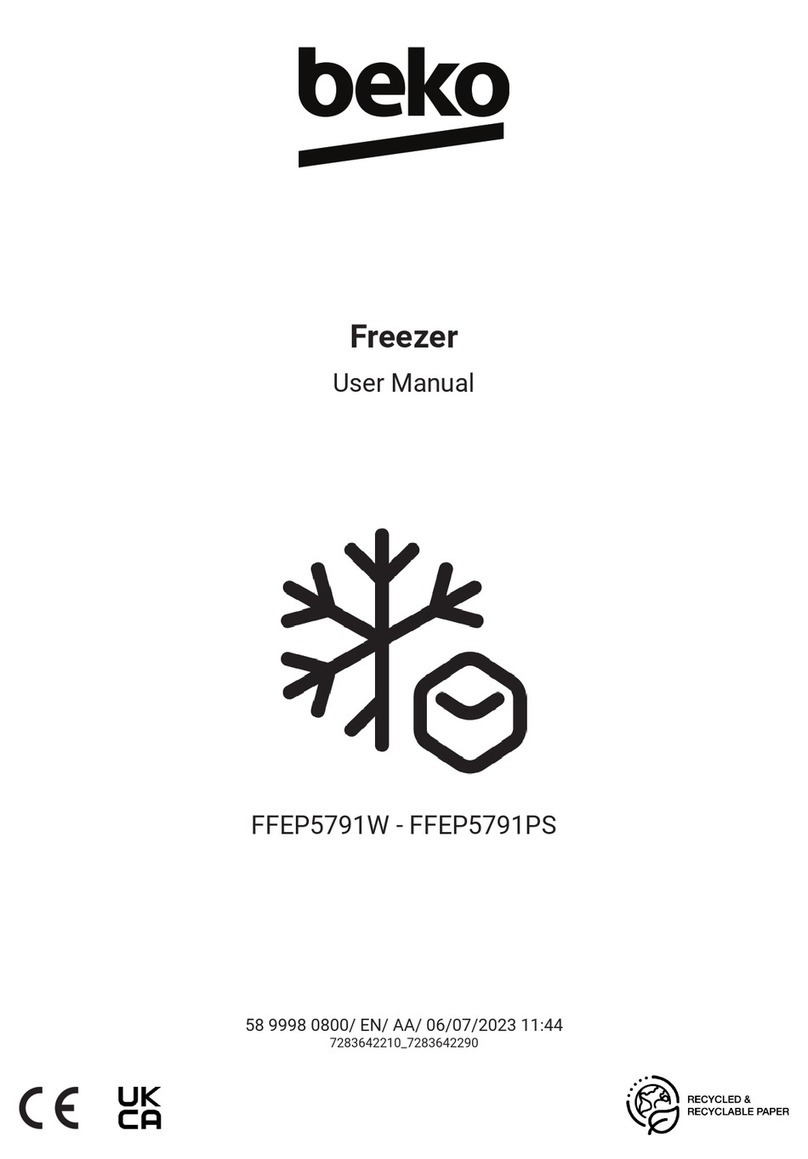
Beko
Beko FFEP5791W User manual

Beko
Beko HSA37540 User manual

Beko
Beko UFF 584APW Owner's manual

